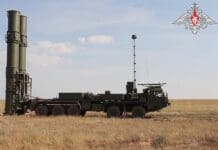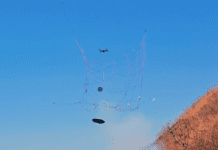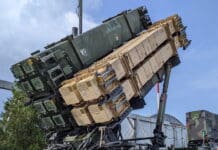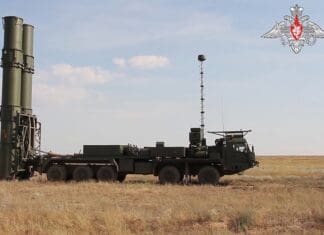This post is also available in:
 עברית (Hebrew)
עברית (Hebrew)
The US Navy needs an airborne sensor that can detect deeper water mines. A new variant of the Navy’s unmanned helicopter may soon feature such capability. The Navy is considering putting a more advanced mine locator on the Northrop Grumman-built Fire Scout MQ-8C — an upgrade of the MQ-8B.
While the older variant of the Fire Scout utilizes an airborne mine detector known as the coastal battlefield reconnaissance and analysis Block I, the Block II version would be able to detect mines in deeper waters.
Thanks to the Fire Scout’s radar upgrade, operators will be able to combine multiple sensors to gather data and perform intelligence and reconnaissance missions, said Capt. Eric Soderberg, program manager for multi-mission tactical unmanned aerial systems at Naval Air Systems Command. The improved software allows the system to correlate amongst the multiple sensors that are on the platform.
Meanwhile, there is interest in using the Fire Scout to support the Naval Strike Missile, the Navy’s long-range precision strike system, he added, according to nationaldefensemagazine.org.
The MQ-8C is the US Navy’s next-generation autonomous helicopter. Its airframe is based on the commercial Bell 407. It is a ship-based and land-based system that can autonomously take off and land on any aviation-capable ship and from prepared and unprepared landing zones. This enhancement significantly increases range and endurance (more than double) and payload capacity (more than triple). The MQ-8C has completed developmental testing and is ready to deploy, according to the company website.


























